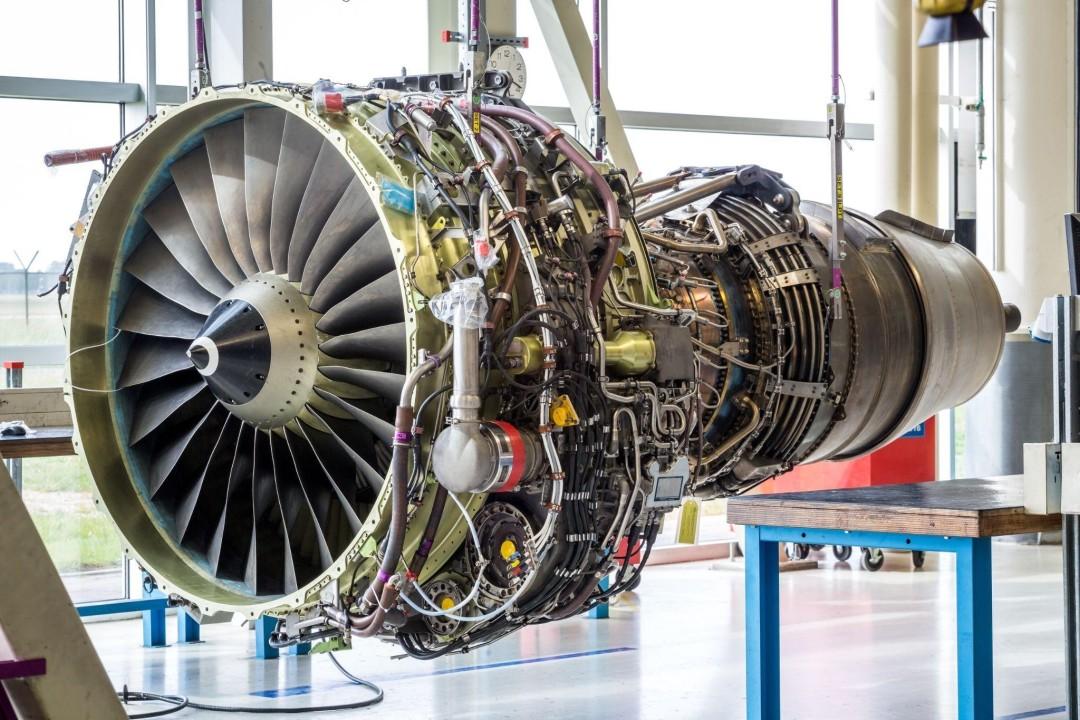Innovating the Skies with Aerial Robotics and Aerospace Robotics Technology

Introduction: A New Era of Aviation
The sky is no longer the limit—it’s the beginning. With rapid advances in technology, aviation has entered a new chapter driven by automation and smart systems. Among these breakthroughs, aerial robotics and aerospace robotics have taken centre stage, revolutionising the way aircraft are designed, built, and operated.
From unmanned aerial vehicles (UAVs) to robotic arms used in spacecraft assembly, robotics is transforming the aerospace sector into a more efficient, safer, and data-driven industry. Let’s explore how these innovations are shaping the future of flight.
Understanding Aerial Robotics
Aerial robotics refers to robotic systems designed to operate in the air. These machines can fly autonomously or with remote control, often carrying out tasks that are difficult, dangerous, or time-consuming for humans.
Common applications include:
-
Surveillance and mapping
-
Disaster response
-
Delivery of goods
-
Agricultural monitoring
-
Environmental research
These airborne systems use artificial intelligence, GPS, sensors, and cameras to perform their tasks accurately and safely. Drones are the most recognisable example, but aerial robotics continues to evolve beyond basic UAVs.
The Role of Aerospace Robotics
While aerial robotics operates primarily in flight or atmosphere, aerospace robotics encompasses a broader range of technologies used in the design, construction, maintenance, and operation of both atmospheric and space vehicles.
Aerospace robotics is applied in:
-
Satellite and spacecraft assembly
-
Robotic arms on space stations
-
Maintenance of aircraft components
-
Launchpad automation
-
Inspection of rocket parts
These systems reduce manual labour and improve safety by allowing high-precision tasks in environments that are extreme, remote, or hazardous.
Key Advantages of Robotics in Aerospace
Robotics is becoming essential to the aerospace industry. Here’s why:
1. Improved Precision and Safety
-
Reduces human error during manufacturing and repairs.
-
Performs dangerous tasks, such as working at heights or handling toxic fuels.
2. Enhanced Data Collection
-
Sensors on aerial robots gather real-time data for monitoring systems.
-
Helps with predictive maintenance and early detection of faults.
3. Faster Production and Repairs
-
Automates repetitive tasks like welding, painting, or inspection.
-
Speeds up aircraft manufacturing without compromising quality.
4. Cost Efficiency
-
Reduces the need for large maintenance teams.
-
Cuts labour and material waste through automation.
Real-World Examples in Use
Both aerial robotics and aerospace robotics are already making significant contributions in real-world scenarios:
NASA's Robotic Arms
NASA uses robotic arms on the International Space Station to repair satellites, conduct experiments, and handle materials without human involvement.
Drone Delivery Systems
Companies like Zipline and Amazon have tested drone systems to deliver medical supplies and packages quickly in rural and urban areas.
Aircraft Maintenance Robots
Airlines now use crawling robots equipped with sensors and cameras to inspect an aircraft’s fuselage, reducing turnaround time and ensuring safety.
Mars Rovers and Space Exploration
Although not flying robots, autonomous vehicles like NASA’s Perseverance Rover are the result of aerospace robotics pushing boundaries in space environments.
How Aerial and Aerospace Robotics Work Together
Though different in their function, both technologies often complement one another in broader aerospace missions.
For example:
-
Aerial robots can assist in real-time monitoring during rocket launches or flight tests.
-
Aerospace robots can automate drone manufacturing or maintain launch infrastructure.
-
Both contribute to rapid prototyping, with robots assembling and testing UAV components.
This synergy creates a streamlined, integrated ecosystem for aerospace innovation.
Challenges and Limitations
Despite their benefits, these technologies face certain limitations:
-
High development costs: Advanced robotics systems require significant investment in R&D.
-
Cybersecurity risks: Connected systems must be protected from hacking or data breaches.
-
Regulatory hurdles: Airspace laws and safety standards vary by country and must be followed.
-
Training needs: Engineers must be trained to design, operate, and maintain these machines.
Ongoing innovation, however, continues to overcome these hurdles with smarter software, better hardware, and more global cooperation.
The Future of Aerospace Robotics
The future looks promising as robotics continue to evolve and integrate with other technologies like AI, 5G, and quantum computing.
Key trends to watch:
-
Swarm robotics: Multiple drones working together for missions like search and rescue or exploration.
-
Smart maintenance systems: Robots that diagnose, report, and even fix issues without human assistance.
-
Hybrid vehicles: Combining aerial and ground-based capabilities for extended missions.
Governments and private firms alike are investing heavily in the future of aerospace robotics, especially as they eye Mars colonisation, hypersonic flight, and more sustainable air travel.
Conclusion: Engineering the Sky of Tomorrow
From inspection drones to spacecraft assembly arms, aerial robotics and aerospace robotics are reshaping how humanity interacts with the skies and beyond. These technologies boost safety, efficiency, and exploration in ways once thought impossible.
As innovation continues, we’ll likely see robotics become standard in everything from commercial flights to deep-space missions. For students, engineers, and dreamers alike, the future of flight has never looked more exciting—or more robotic.
- Vibnix Blog
- Politics
- News
- Liberia News
- Entertainment
- Technology
- Образование
- Art
- Causes
- Crafts
- Dance
- Drinks
- Film
- Fitness
- Food
- Игры
- Gardening
- Health
- Главная
- Literature
- Music
- Networking
- Другое
- Party
- Religion
- Shopping
- Sports
- Theater
- Wellness


